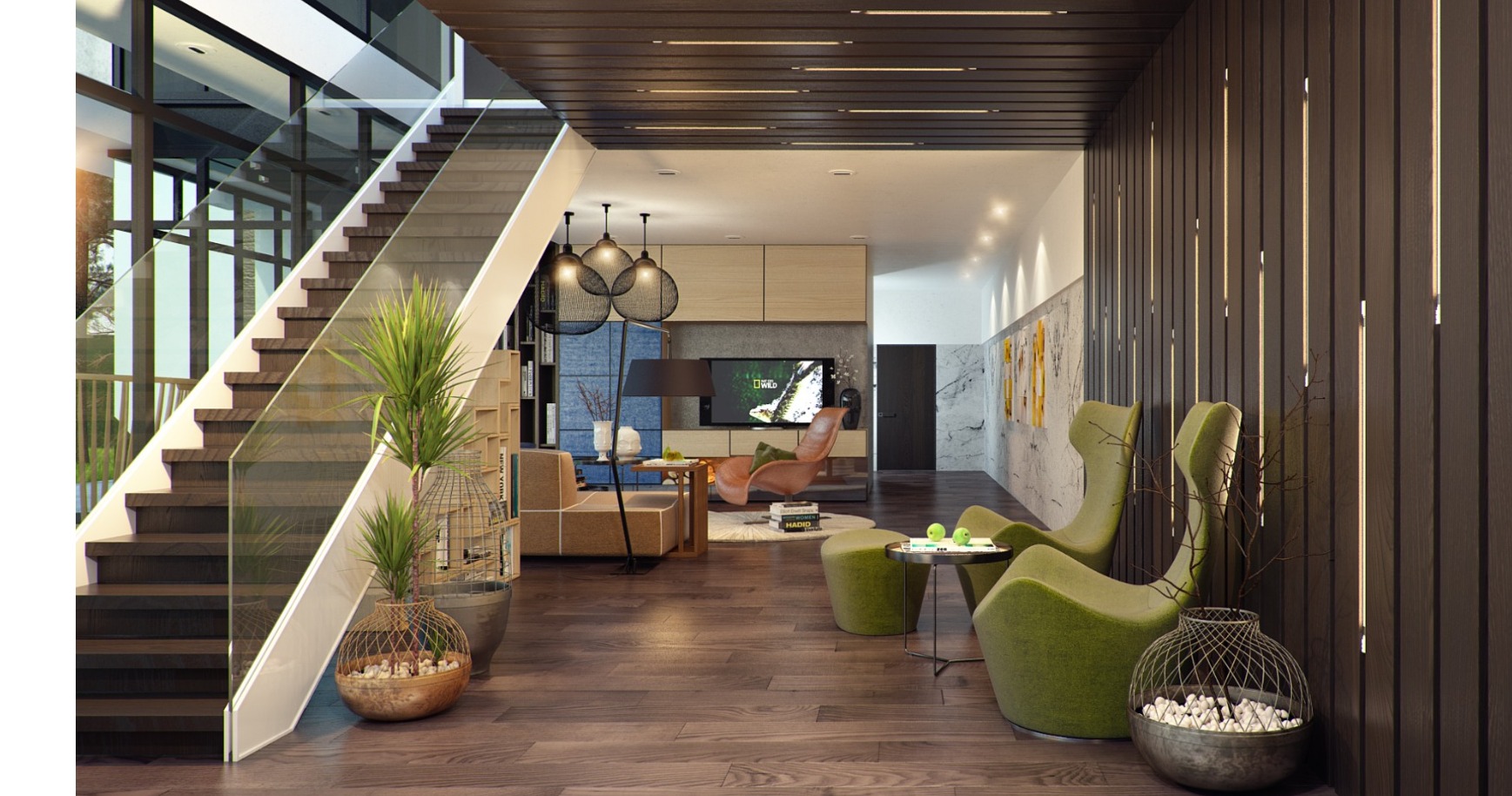Your home is more than just a place to live; it’s a reflection of your personality, lifestyle, and taste. Residential interiors play a key role in creating a space that feels comfortable, functional, and visually appealing. Whether you live in a small apartment or a large house, the right interior design choices can transform your home into a haven that inspires relaxation and joy. From colour schemes to furniture placement, every detail matters when creating the perfect atmosphere.
Understanding Residential Interiors
Residential interiors refer to the design, decoration, and arrangement of spaces inside a home to achieve a harmonious and functional environment. It involves combining aesthetics with practicality, ensuring that each room is not only beautiful but also meets the needs of the people living there. This could include everything from selecting the right furniture and lighting to arranging décor items in a way that enhances the overall appeal. The goal is to make the home more inviting while maximising comfort and utility.
Choosing the Right Colour Scheme
Colour is one of the most powerful tools in interior design. The right palette can set the mood of a room, make spaces appear larger or cosier, and even influence emotions. Neutral colours such as beige, grey, and white provide a timeless backdrop, while bold hues like teal, mustard, and emerald green add character and energy. It’s important to choose colours that complement each other and reflect your personal style. Accent walls, textured finishes, and colour contrasts can also add depth and visual interest to a room.
Furniture Selection and Arrangement
The choice of furniture can make or break a residential interior design. When selecting pieces, consider both style and functionality. Furniture should suit the size of the room and leave enough space for movement. Overcrowding a room with bulky pieces can make it feel cramped, while minimalist furniture can create an airy and open atmosphere. Arranging furniture to encourage conversation, highlight focal points, and allow easy navigation is crucial for a balanced look. Multifunctional furniture, such as storage beds and extendable dining tables, is ideal for maximising space.
Lighting for Ambience and Functionality
Lighting is an often-overlooked element of interior design, yet it can dramatically influence the feel of a space. A combination of ambient, task, and accent lighting can make a home feel warm and inviting. Ambient lighting provides general illumination, task lighting helps with activities like reading or cooking, and accent lighting highlights architectural features or artwork. Natural light should also be maximised by using sheer curtains, large windows, and strategically placed mirrors to reflect sunlight throughout the room.
Incorporating Textures and Patterns
Textures and patterns add dimension and personality to a home. Mixing different materials such as wood, metal, glass, and fabric creates visual interest and prevents the space from feeling flat. Rugs, cushions, throws, and upholstery are great ways to introduce texture. Patterns, whether in wallpaper, tiles, or decorative accents, can enhance the style of a room, but they should be used carefully to avoid overwhelming the space. Balancing bold patterns with solid colours helps maintain harmony.
Personal Touches and Décor
While professional design principles can guide you, personal touches make a home truly yours. Family photos, travel souvenirs, handmade crafts, or meaningful artwork add warmth and tell your story. Plants and flowers not only enhance the aesthetic but also improve air quality and bring nature indoors. Statement décor pieces like large mirrors, unique lighting fixtures, or artistic sculptures can serve as focal points that draw attention and spark conversation.
Maximising Small Spaces
For those living in smaller homes or apartments, smart design solutions can make a big difference. Using vertical space with shelves and wall-mounted storage keeps floors clear and creates a sense of openness. Light colours, reflective surfaces, and compact furniture help make rooms appear larger. Multipurpose areas, such as a dining room that doubles as a workspace, can increase functionality without sacrificing style. Clever storage ideas, like hidden compartments and foldable furniture, help maintain a clutter-free environment.
Sustainable and Eco-Friendly Choices
Modern residential interiors increasingly focus on sustainability. Using eco-friendly materials, energy-efficient lighting, and furniture made from recycled or responsibly sourced materials benefits both the environment and your home’s atmosphere. Incorporating natural elements like bamboo, reclaimed wood, and organic fabrics can give spaces a refreshing and earthy vibe. Additionally, energy-efficient appliances and water-saving fixtures help reduce utility bills while promoting an environmentally conscious lifestyle.
Conclusion
Residential interiors are not just about aesthetics, they’re about creating spaces that enhance comfort, functionality, and personal expression. From selecting the right colour schemes and furniture to incorporating textures, lighting, and personal décor, every element contributes to the overall harmony of a home. By paying attention to both style and practicality, you can transform any space into a place that feels welcoming and truly yours. Whether you prefer a minimalist, modern look or a warm, traditional style, the key is to design with intention, ensuring your home reflects your unique personality and meets your everyday needs.

